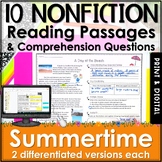14 results
4th grade Common Core RL.7.2 scaffolded notes
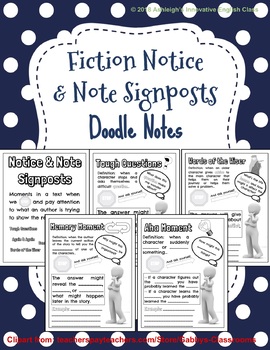
Fiction Notice & Note Signposts Doodle Notes
Engage students' whole brain while teaching this fun reading strategy! Doodle notes engage verbal and visual centers in the brain which helps students retain information longer.
Notice & Note Signposts are engaging reading tools that send students on a scavenger hunt through a text to make deeper meaning. These notes would be a great way to introduce the topic to your students.
Each signpost has its own notes sheet:
- Tough Questions
- Again & Again
- Words of the Wiser
- Memory Mom
Grades:
4th - 12th
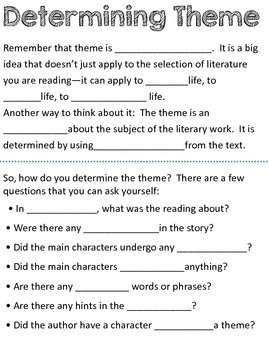
Determining Theme.
I use these documents to teach my 6th graders how to determine theme (something that I always struggled with when I was younger.) Determining theme from scratch Is more difficult than being able to choose it from 4 multiple choice options on a standardized test. I wanted my students, who are lacking in life experiences, to have a concrete way to figure a theme out. Then, I knew that after they came up with a theme, crafting a written response would be another area of struggle.
The first two
Subjects:
Grades:
4th - 10th
Types:
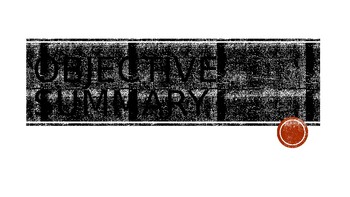
Objective Summary for Literary Texts - Somebody, Wanted, But, So, Then
PowerPoint provides notes (how-to) for writing an objective summary for literary texts. This PowerPoint provides the "Somebody, Wanted, But, So, Then" method of summary writing. After the notes, you can read a short story or picture book to complete a "SWBST" graphic organizer together as a class for practice. If you purchase the PowerPoint, you can message me and I will send you the guided notes word document that accompanies these notes.
Grades:
4th - 10th

Front Desk Notice and Note Signposts
This resource lists the Notice and Note Signposts that can be found in the novel Front Desk by Kelly Yang. It includes chapters/page numbers, text evidence, as well as possible answers to the anchor questions to be used as a teaching guide to facilitate Notice and Note with this novel.
Subjects:
Grades:
4th - 8th
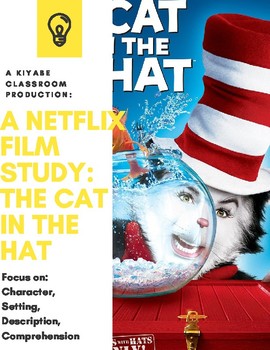
A Netflix Film Study: The Cat in The Hat
This is a Netflix film study of the Cat in the Hat with a focus on characterization, comprehension, attention to detail, theme, and description of settings, events, and characters. This features an 11 page study with over 70 questions that are multiple choice, and open-ended. There are some opinionated and discussion questions also added.
Grades:
4th - 7th

Self-Regulated Strategy Development Fiction/Non-Fiction Bundle
Self-Regulated Strategy Development (SRSD) is a research based intervention that aids in reading comprehension and writing skills. Students learn how to self-assess what they know and what information they are missing. This is especially useful for students with learning disabilities and students who require scaffolding to access a text independently. SRSD provides students with a task analysis with simple steps that they can apply to texts across disciplines and classroom environments.This bund
Grades:
3rd - 8th
Types:
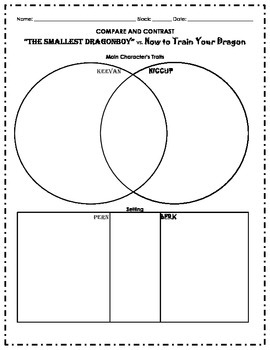
"The Smallest Dragonboy" vs. How to Train Your Dragon
This is a text to film compare and contrast guide to be used after reading the short story "The Smallest Dragonboy" by Anne McCaffrey. It includes varieties of Venn diagrams for character traits, setting, plot events, problem and solution, and theme.
Grades:
4th - 12th
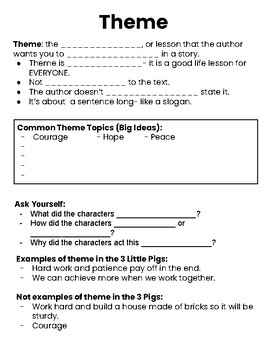
Finding Theme- Interactive Notebook Page and Worksheet
This product contains a scaffolded interactive notebook page AND a finding theme worksheet that can be used with any text and any curriculum.
Grades:
4th - 8th
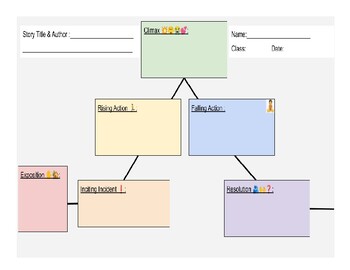
Scaffolded Plot Mountain Worksheets
This resource contains two versions of a plot mountain with some support to help students understand parts of plot! The more scaffolded version has guiding questions for students to answer for each part of the plot mountain, while the other has emojis to remind students what each part of plot is about. This activity helps students understand story structure and identify the most important parts of a narrative text! It can also be used for them to plan out their own narrative writing.
Grades:
4th - 7th

Reading Strategies for Analyzing Characters
This bundle has a group of graphic organizers that are designed specifically for analyzing characters in a fictional text. These graphic organizers are great for visual thinkers who need planning and support when reading texts. Each organizer includes directions and sentence starters for clarity.
Grades:
4th - 8th
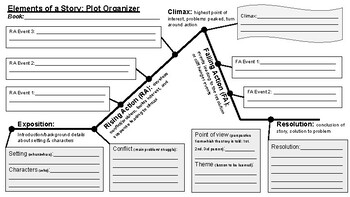
Fictional Elements of a Story: Plot Organizer
Who doesn't love graphic organizers. This file contains 2 slightly different versions of a plot or elements of a story organizer. Each version has a copy with writing lines to support those who need them and a copy without. The first set includes all the elements of plot as well as brief definitions of each in addition to a review element of point of view and theme. The second set has all the same plot elements but swaps out point of view/theme for mood and tone. With my students I don't feel li
Subjects:
Grades:
4th - 8th
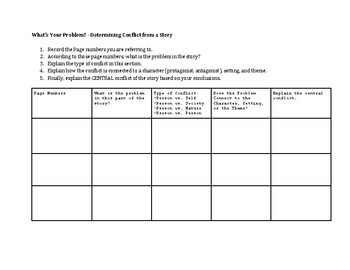
Reading Strategy- What's Your Problem?
This strategy is helpful for determining a conflict in a story based on multiple criteria. It does require that a teacher has taught various forms of conflict in literature (Person vs. Person, Person vs. Nature, etc.). Students should be able to determine the problem in the story, what causes the problem, the type of conflict it is, and how it relates to the character, setting, or theme.
Grades:
4th - 8th
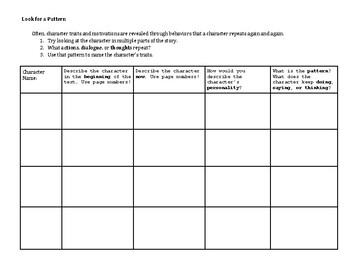
Reading Strategy- Look for a Pattern
This graphic organizer allows students to think about how a characters actions do or do not change through the course of a text. By looking at patterns in a characters actions, students can determine various character traits based on their actions. For example, if Character A keeps interrupting Character B, then a student can determine that Character A is insensitive or bossy.
Grades:
4th - 8th
Also included in: Reading Strategies for Analyzing Characters

Poem Analysis
Paste this into an interactive notebook, or use as an assessment. Pairs well with any poems of the teacher's or students' choice.
Subjects:
Grades:
4th - 10th
Showing 1-14 of 14 results

